What Are the Characteristics of a Sound Wave?
Sound is an incredible thing. It allows us to communicate, alerts us to danger, and even moves us to groove. Different types of sound garner different reactions. But what is it about different sounds that create such different responses? It all has to do with the anatomy of each particular sound.
Each sound has unique characteristics. It’s the specific characteristics of sounds that make them mundane, enjoyable, or even terrifying. Understanding how the characteristics of sound waves create these intense feelings is key to using sound to your advantage.
What are Sound Waves?
Not everyone knows how sound works, so it’s important to go over the basics. All audible sound is the result of sound waves. Sound waves are longitudinal disturbances that transport vibrational energy through air, water, structures, etc. They travel through some medium until they reach our ears and we perceive them as either pleasurable or not. The waves represent the specifics of the vibrations, and each part displays specific properties of sound waves.
Compressions and rarefactions are characteristic of longitudinal waves as well. They are areas of low and high pressure within the wave. It’s most easily identifiable in the way tuning forks work. As the two tines vibrate, they create oscillating high and low-pressure areas. Without going overly deep, let’s get into the basic anatomy of sound waves.
Anatomy of Sound Waves
In order to fully understand the characteristics of sound waves, we should quickly touch on their anatomy. Each sound wave has different parts, and understanding them will help you understand how the characteristics of sound are measured.
- Wave Crest – Just like on a wave in the ocean, the wave crest is the very top of the wave.
- Wave Trough – On the opposite side, we find the trough. This is the very bottom of the wave.
- Wave Height – What is the height of a sound wave called? You guessed it. Wave height refers to the total distance between the trough and the crest.
- Baseline – The baseline is the horizontal line that passes through the middle of the wave. It is used for measuring the different characteristics of sound waves.
Characteristics of Sound Waves
Now that we’ve taken a look at the basic anatomy of sound waves, let’s see what makes each one unique. The combination of these characteristics make each sound wave what it really is. It makes them sound pleasant or painful. It also makes them easier or harder to control in interior spaces. So, what are the characteristics of sound waves?
Wavelength
If you’re familiar with any one of the characteristics of sound waves, it’s probably wavelength. You’ve heard the term before but may not know what exactly it refers to. Simply, it’s the length of the entire wave before it repeats itself. If measured from the wave crest, it is the distance to the next crest. If measured from the trough, it’s the distance to the next trough. No matter where that measurement is made from, the wavelength remains the same. So, how does wavelength affect sound? It’s simple.
When sound waves have long wavelengths, the resulting auditory experience is a low, bass tone. The shorter the wavelength becomes, the higher the pitch. It’s all a function of frequency.
Frequency
As it relates to sound, frequency is the measure of the number of waves a sound produces each second. What does the frequency of a sound wave have to do with the way it sounds? There’s a very simple correlation. The lower the number, the lower the pitch. The higher the number, the higher the pitch. Short waves can repeat much more quickly than longer ones.
We express frequency in terms of Hertz (Hz). That’s the international unit of measure for representing cycles per second. If the frequency is 1 Hz, you will see one cycle per second, or 60 per minute. If the frequency is 50 Hz, that translates to 50 cycles per second, or 3000 per minute.
Amplitude
The amplitude of a sound is the measure of its power. Think of it as a sound’s loudness, as there is a direct relationship between the two. We measure amplitude from the baseline to the wave crest. We express it in decibels, and it measures the amount of particle movement created by the sound. Larger amounts of particle movement equals higher wave crests and deeper troughs. Higher amplitudes are associated with sounds that are louder.
Time/Period
The time or period of a wave is the amount of time it takes to make one full cycle. It essentially has an inverse relationship to the frequency. If it takes ½ second to complete a cycle, the frequency will be 2 Hz. If it takes ¼ second to complete that cycle, the frequency will be 4 Hz.
Velocity
Velocity is also a measure of distance. The velocity of a wave refers to the distance it travels in one second. This same concept applies to all kinds of waves. Whether we’re talking about characteristics of sound waves, ocean waves, or radio waves, velocity remains the measure of distance traveled.
Controlling Sounds in Interior Spaces
The main reasons people explore the characteristics of sound are for soundproofing or otherwise improving interior acoustics. The more you know about sound, the easier it is to control it for your particular purposes. Maybe you want to create a home recording studio. Maybe you want a movie room that doesn’t disturb your sleeping family. The key is to tackle frequencies somewhat individually.
Sealing Entry Points
Many of your higher frequency sounds can be controlled by simply sealing up windows and doors. They don’t produce too much strong vibrational energy, so simply blocking them goes a long way. Installing a door seal kit could be the solution.
Door seal kits ensure no air passes through gaps around the door. If no air is passing through, neither are high frequency sounds. Choose one with an automatic door sweep and you can even seal the bottom gap. Automatic sweeps raise when the door is opened, and drop when the door is closed. This allows you to operate the door normally, while creating a tight seal when it closes.
Acoustic Panels
Acoustic panels are great at tackling those middle-frequency sound wavelengths. They are composed of dense, yet porous materials. That allows them to absorb and trap sound waves. There are a number of different variations on the market. The one you choose will ultimately come down to your specific sound situation. More importantly, maybe, is placement.
The placement of your acoustic panels will largely determine their efficacy. Placing them at reflection points reduces echo and reverberation. This makes the sounds more clear and more easily identifiable. A few well-placed panels will work better than more panels in the wrong places.
Bass Traps
For tackling those really low-frequency waves, we rely on bass traps. We place them in the corners of rooms, which is where low-frequency waves tend to build up. Low-frequency bass waves create a lot of pressure. Bass traps are specially designed to absorb that excess pressure. They dampen the vibrations, meaning they transform vibrational energy into heat energy, allowing it to escape the room silently.
Why We Control Sound: The Effects of Sound on Our Brains
There are very good reasons for controlling the amount of noise we are subjected to. Whether we realize it or not, ambient noise can have a profound impact on our health and happiness. Sound can be used to enhance brain function. It can also cause increased stress levels and an inability to concentrate. Soft sounds can be soothing. A loud sound wave can physically damage your ears.
Think of the difference between hearing a loved one speak and hearing a jackhammer pounding the ground outside your office. One is relaxing, and the other causes stress and damages our hearing. The different characteristics of sound waves in these two examples lead to entirely different outcomes. Controlling the noises we are exposed to ensures we receive the positives while keeping out the negatives.
Treating Your Own Spaces
If you want to experience the awesome benefits of noise control for yourself, try treating a room for sound. Whether it’s your home office, recording studio, or your living room, you’ll notice immediate impacts. Do it right, and you’ll experience increased productivity and decreased distractions. Luckily, you don’t need to be a sound expert to get the results you’re after.
Our team of pros has the experience and know-how to get you where you want to be. We understand the characteristics of sound waves and how to keep them under control. Maybe you’ve got questions about the characteristics of a sound wave or want to check your facts about sound waves. We’ll make sure you’re on the right track and tackle your project in the most efficient way possible.

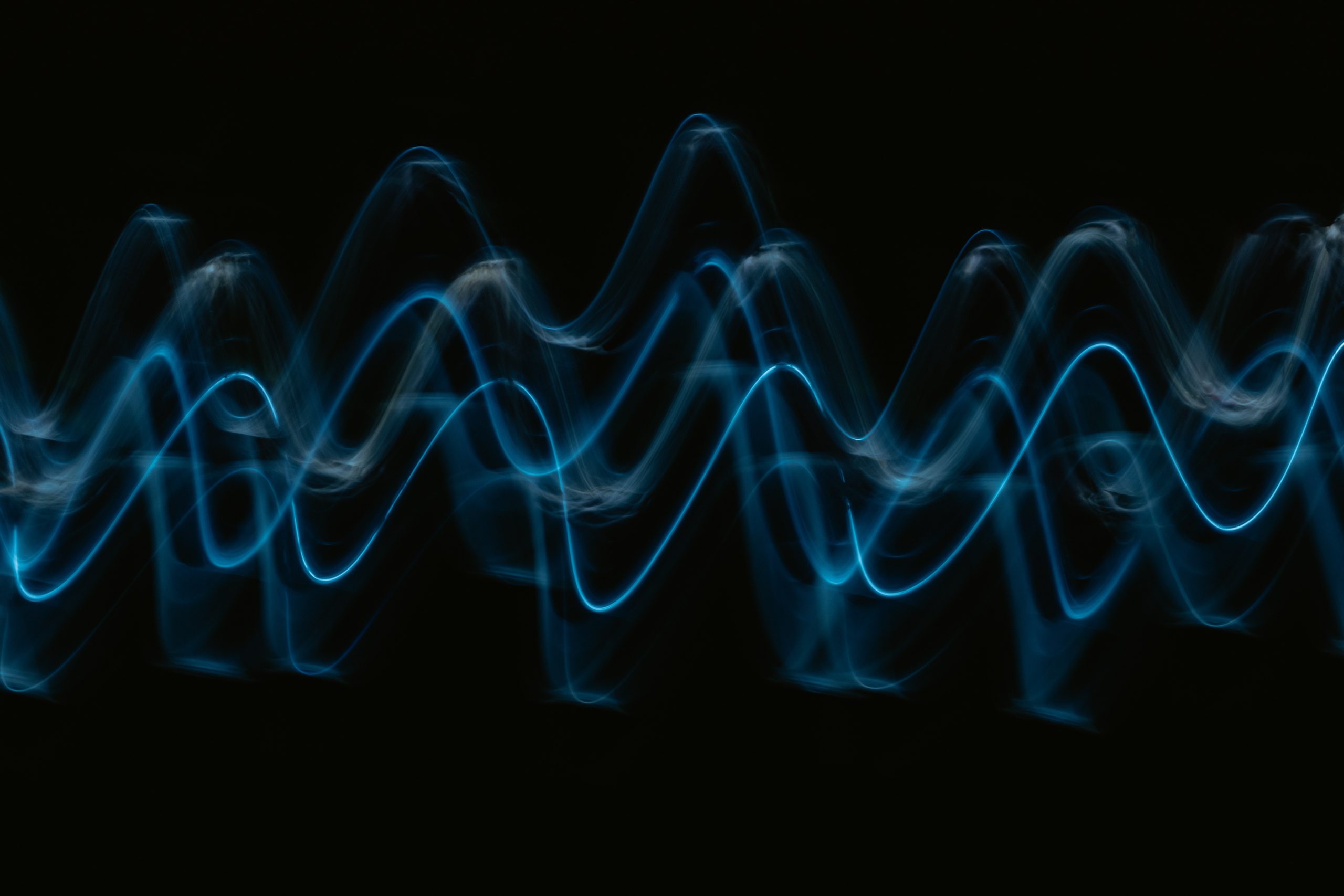


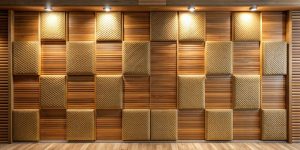
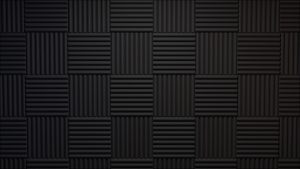
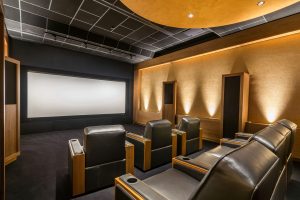









Leave a reply
You must be logged in to post a comment.